If you're a cat owner, you know how frustrating it can be to deal with fleas on your furry friend. Not only can fleas cause discomfort and irritation for your cat, but they can also quickly spread throughout your home. That's why it's important to take prompt action to treat flea infestations on your cat and in your home. In this blog post, we'll provide you with all the information you need to effectively treat cat fleas and get your cat back to feeling happy and healthy again.
Consulting with a veterinarian to determine the best treatment options (including potential medication and preventative measures)
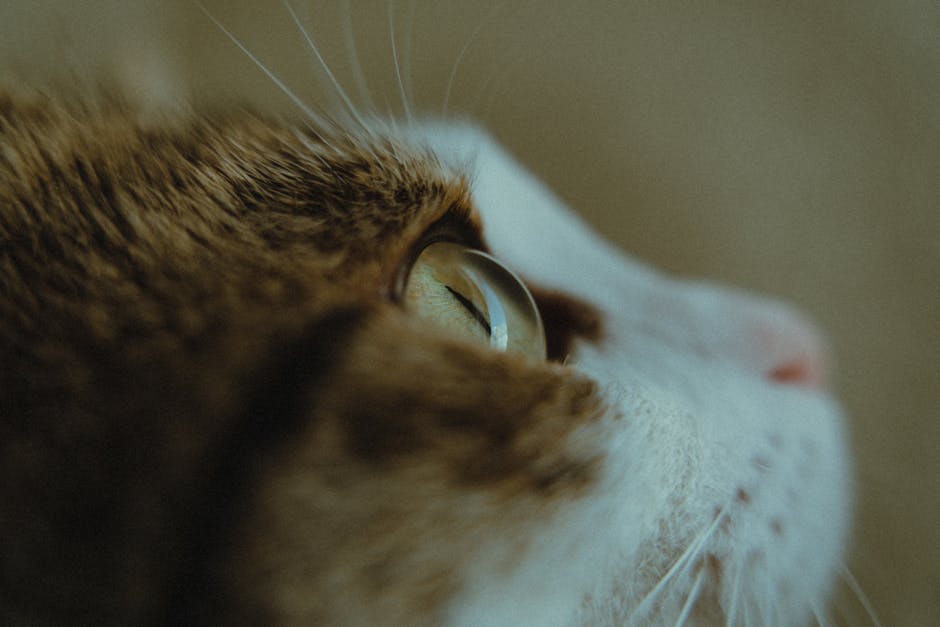
When it comes to treating cat fleas, it’s important to consult a veterinarian. They can evaluate the severity of the flea infestation and recommend the appropriate treatment options. This may include medications such as flea collars, topical treatments, or oral medications. Additionally, your veterinarian may suggest preventative measures such as regular grooming and using flea prevention products to keep your furry friend flea-free in the future. It's always best to seek advice from a trusted professional to ensure the safety and well-being of your pet.
Administering topical flea treatments (such as drops or shampoos) as recommended by your veterinarian
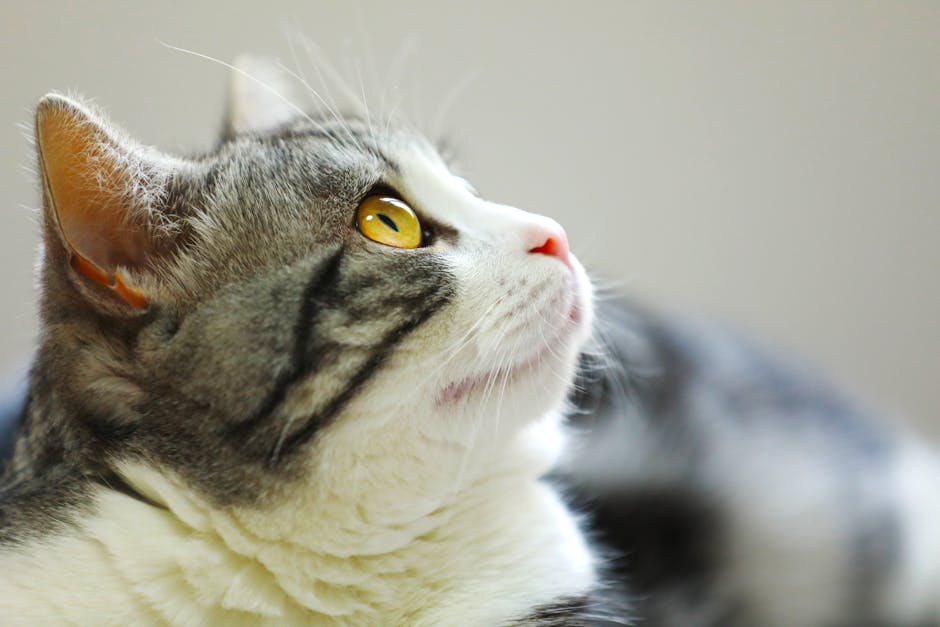
Administering topical flea treatments is one of the most effective ways to treat cat fleas. These treatments typically come in the form of drops or shampoos and can be purchased from your veterinarian or a pet store. When applying topical flea treatments, it's important to follow the instructions carefully to ensure maximum effectiveness.
First, make sure your cat is dry and at room temperature before applying any topical flea treatment. This will help ensure that the treatment is absorbed properly. Next, carefully apply the recommended amount of the treatment to the back of your cat's neck, making sure to part the fur and apply the treatment directly to the skin.
Avoid getting the treatment in your cat's eyes, nose, or mouth, and make sure to wash your hands thoroughly after application. Some topical treatments may require multiple applications or reapplication after a certain amount of time has elapsed. Be sure to follow the recommended schedule for repeat application to ensure that your cat is fully protected against fleas.
Overall, topical flea treatments are a simple and effective way to treat cat fleas. By following the instructions carefully and administering the treatment as recommended by your veterinarian, you can keep your cat happy, healthy, and flea-free.
Using flea combs to physically remove fleas and their eggs from your cat's fur
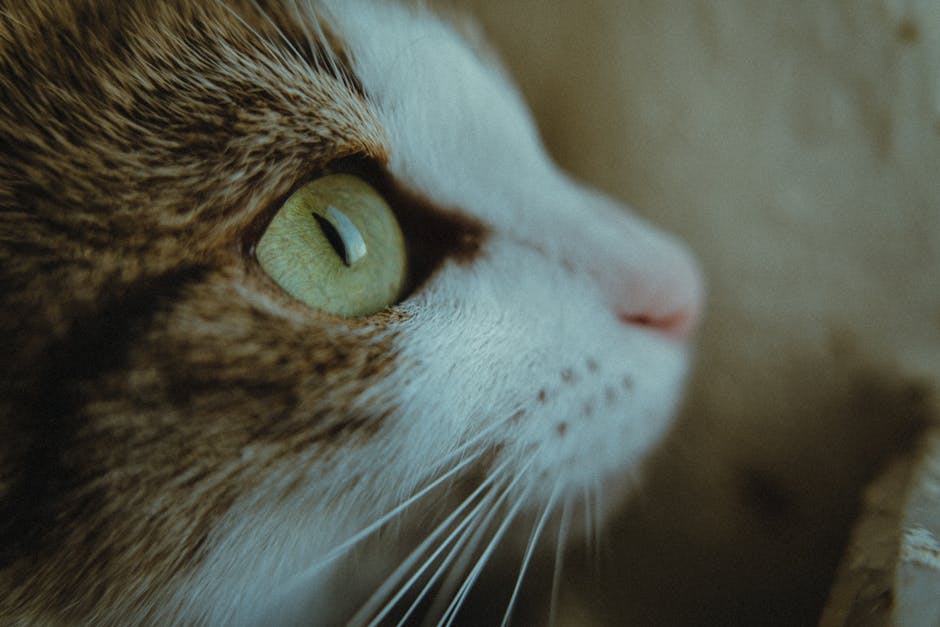
Using flea combs is an effective method of physically removing fleas and their eggs from your cat's fur. Flea combs have fine teeth that are specially designed to remove fleas from your cat's coat.
Here's how you can use flea combs to treat your cat's flea infestation:
1. Start by selecting a flea comb that has teeth that are close together. This will ensure that the comb can easily remove fleas and their eggs from your cat's fur.
2. Before you begin combing your cat, fill a bowl with warm soapy water. This will be used to drown any fleas that you remove from your cat's fur.
3. Begin combing your cat, starting at the head and working your way towards the tail. Make sure you comb in the direction of your cat's hair growth.
4. As you comb, dip the comb into the bowl of soapy water to remove any fleas that you've captured. This will ensure that the fleas are drowned and killed.
5. Continue combing until you've combed your cat's entire body. It's essential to comb thoroughly, including the areas around the ears, under the chin, and around the tail.
6. After you have finished combing, rinse your cat with warm water and then thoroughly dry him with a towel or hairdryer.
Using flea combs is an effective method of treating a flea infestation, especially if your cat is sensitive to chemical flea treatments. It's essential to treat your cat regularly, at least once a week, until the flea infestation is gone.
Washing all bedding and fabrics your cat frequently comes into contact with

Fleas that live on your cat's body are not the only ones you have to worry about. They also lay their eggs in the environment, which can end up harboring vast populations of these pests. If you want to treat cat fleas, you need to conduct a thorough cleaning of your home, especially of the places your furry friend likes to hang out in.
Start by washing all bedding and fabrics that your cat frequently comes into contact with. Make sure to use hot water and a strong detergent. Fleas can't survive in temperatures above 95°F, so it's crucial to make sure you raise the temperature in the wash above this threshold. Consider using a high-heat dryer cycle to ensure that everything is properly dried and all fleas are dead.
If you've got fabric couches or carpeted floors, vacuum them thoroughly. Flea larvae and eggs can hide deep in these fabrics, so it's crucial to be as thorough as possible. Consider using a vacuum cleaner with a HEPA filter which can trap even the smallest flea particles.
While you're at it, toss any pillows or blankets your cat may have. These items can easily become homes for fleas, and it's often more cost-effective to just replace them than to try and clean or treat them.
Remember, treating cat fleas requires a multi-step process. Washing all bedding and fabrics is just one important part of the process. If you have any questions or concerns about treating fleas, always consult with your veterinarian for reliable guidance.
Vacuuming carpets and upholstery to remove any remaining flea eggs or larvae

One of the most effective ways to get rid of fleas in your house is by vacuuming your carpets and upholstery regularly. Flea eggs and larvae can easily hide in the fibers of these fabrics, making them difficult to spot with the naked eye. By vacuuming, you'll be able to remove any remaining flea eggs or larvae that may be lurking in your home. Additionally, it's important to dispose of the vacuum bag or contents properly, as fleas can continue to live and breed inside the bag. Vacuuming every day for two weeks can help you significantly reduce the flea population in your home. After vacuuming, you can use an insect growth regulator spray to control any fleas that may have survived and ensure they don't develop into adult fleas. Remember that flea treatment is not a one-time affair and requires persistent effort, but with the right tools and strategies, you can have a flea-free home for your feline friends.
Treating your home and yard with insecticides to kill fleas in the environment
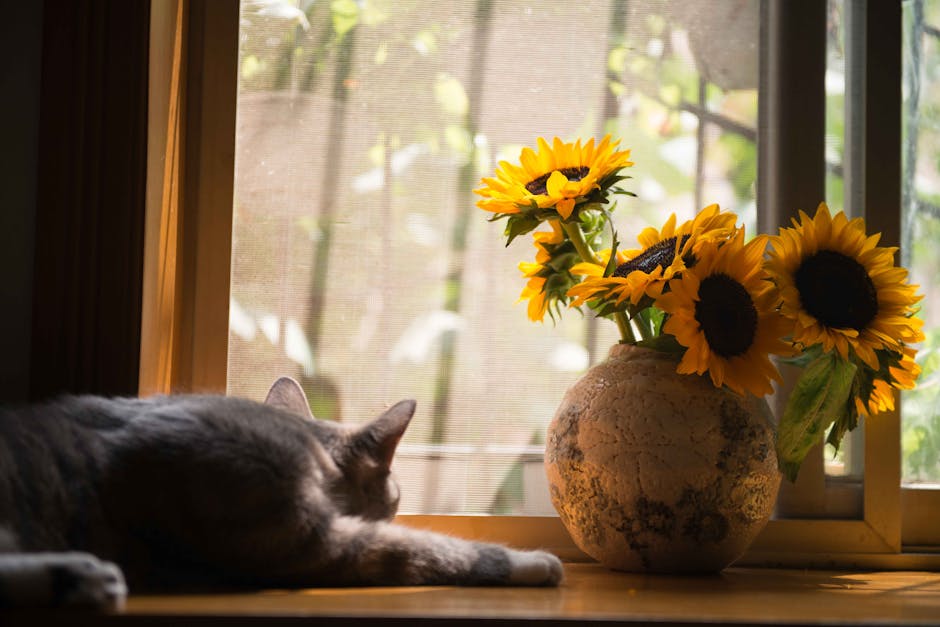
One of the most essential steps in treating cat fleas is to eliminate them from your home and yard. Fleas can lay thousands of eggs in your carpets, beddings, and furniture, creating a never-ending cycle of infestation. Therefore, it is crucial to use insecticides to eliminate fleas from your home's interior and exterior spaces.
When treating your home, you should vacuum all carpets and rugs, paying particular attention to areas where your cat spends most of their time. After vacuuming, apply an insecticide spray to all carpets and rugs, treating underneath furniture and cushions where fleas often hide. You can also use insecticide powders by applying them to your carpets, leaving them for a few hours, and then vacuuming up.
Treating your yard with insecticides is another vital step to eliminate fleas. Fleas usually thrive in damp, shaded areas like under trees and shrubs, so make sure to treat these areas routinely. You can choose a granular insecticide or a spray to treat your lawn, depending on your preference. Be sure to follow the product's directions for use and keep your cat indoors until the insecticide has dried completely.
It is essential to continue treating your home and yard every few weeks to ensure that all the flea eggs and larvae are destroyed. Remember that consistent and thorough treatment is the best way to keep your cat flea-free and ensure your home and yard are free of infestation.
Installing flea collars or utilizing flea preventative products to ward off future infestations
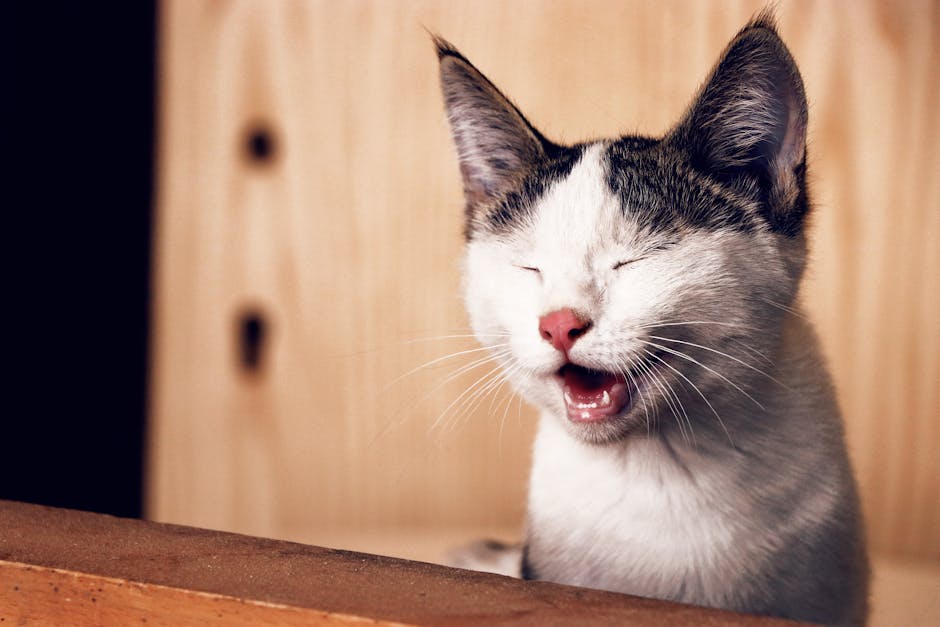
One effective way to prevent future flea infestations in your cat is by installing flea collars or utilizing flea preventative products. Flea collars work by emitting a gas that repels fleas and ticks. They come in different sizes and can be adjusted to fit your cat's neck. Flea preventative products, on the other hand, are applied topically on your cat's skin. They work by killing fleas and ticks on contact or prevent their eggs from hatching. When selecting a flea preventative product, make sure to choose one that is suitable for your cat's age, weight, and health status. Be sure to follow the instructions carefully and consult with your veterinarian if you have any doubts or concerns. By using flea collars or flea preventative products, you can help keep your cat happy and healthy while also protecting your home from flea infestations.
Maintaining regular grooming practices to keep your cat's fur clean and healthy

Proper grooming is essential when it comes to your feline friend's hygiene and wellbeing. Cats are known for their cleanliness, but when they have fleas, it's vital to maintain a regular grooming routine to help eradicate the pests effectively.
Brushing your cat's fur daily helps remove flea eggs, larvae, and immature fleas. A flea comb can also be used to comb through your cat's fur to remove fleas. These combs are specially designed to capture fleas, flea dirt, and eggs. After combing, it's essential to dispose of the fleas in hot soapy water or a solution containing diluted vinegar.
Trimming your cat's nails regularly will also help prevent the spread of fleas throughout their fur. Flea larvae are known to hide under nails, making it easier for them to move around and lay more eggs. Keeping nails short and tidy can prevent this and reduce the chances of re-infestation.
Maintaining regular grooming practices can help keep your cat's fur clean and healthy, making it less attractive to fleas. It's also important to remember that flea infestations can be prevented by using monthly flea preventative treatments prescribed by your veterinarian. By keeping up with regular grooming practices and flea prevention, you can help keep your cat happy and healthy.




